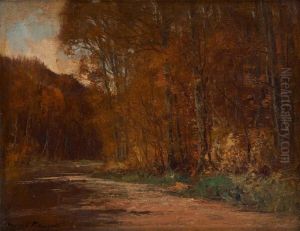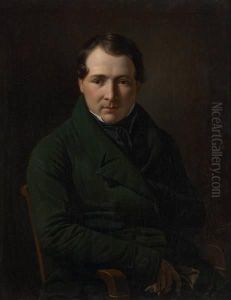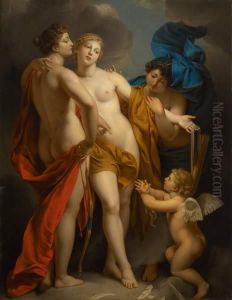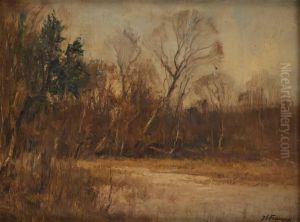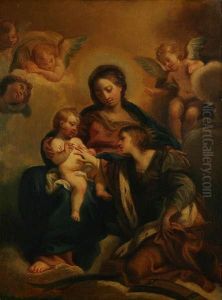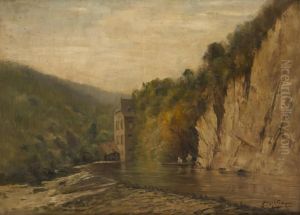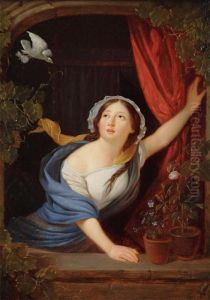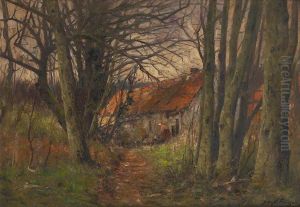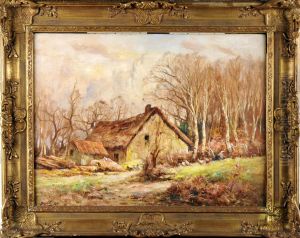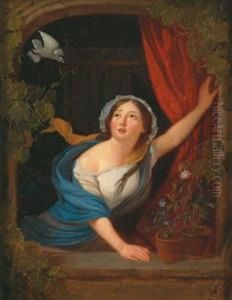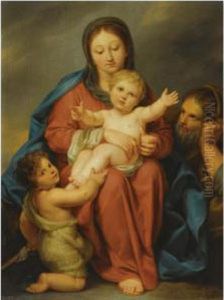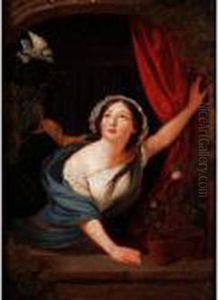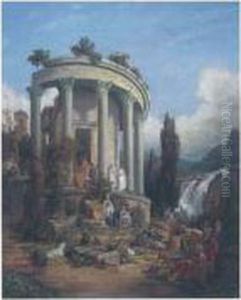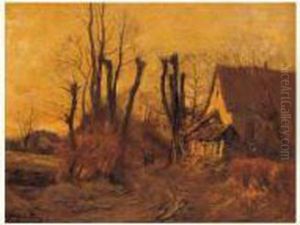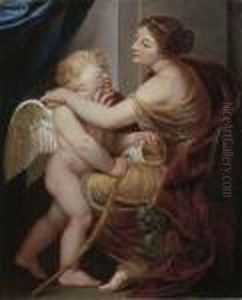Pierre-Joseph-Clestin Franois Paintings
Pierre-Joseph-Célestin François was a Belgian painter and engraver who was born on September 17, 1759, in Namur, Belgium. He is known for his historical and mythological scenes, as well as for his portraits. François studied at the Academy of Fine Arts in Antwerp and later in Paris. His style was heavily influenced by the neoclassical movement, which was prevalent in art during the late 18th and early 19th centuries.
François' work was characterized by its clear lines, balanced compositions, and a focus on the beauty of the human form. His paintings often depicted scenes from ancient history and mythology, reflecting the neoclassical interest in classical antiquity. He became a professor at the Academy of Fine Arts in Ghent and later served as the director of the institution.
Throughout his career, Pierre-Joseph-Célestin François exhibited his work at various salons and received numerous commissions for his paintings from both private clients and public institutions. His artwork was well received, and he gained a reputation as a skilled painter and engraver.
Despite his success, François' name is not as widely recognized today as some of his contemporaries. However, his contributions to Belgian art during the neoclassical period remain significant, and his works can be found in various museums and collections in Belgium and across Europe.
François lived through a tumultuous period in European history, which included the French Revolution and the Napoleonic Wars. These events may have influenced the themes of his work and the circumstances of his artistic production. He passed away on August 25, 1851, in Brussels, Belgium, leaving behind a legacy of art that is appreciated for its adherence to the principles of neoclassicism and its representation of the Enlightenment ideals of reason and harmony.
